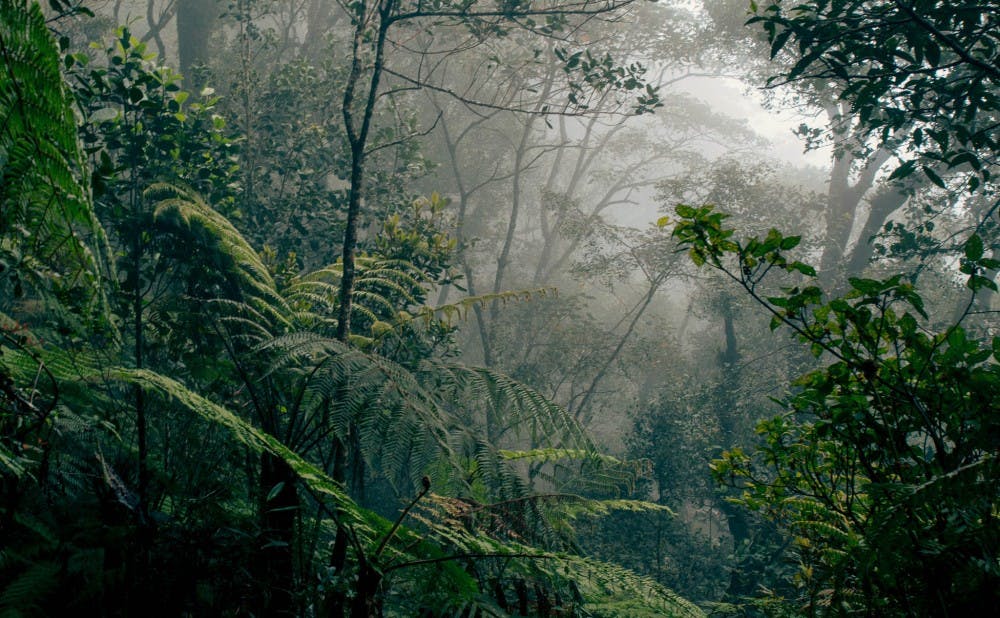To protect Earth’s biodiversity, the quality of land preserved may matter more than the quantity, a recent Duke study suggests.
The paper challenged the half-earth theory, which argues for preserving half of Earth's land for nature preserves to address the dangers plaguing the planet. Stuart Pimm, the senior author of the study, contended that humanity can do much more by strategically protecting a little over one-third of the Earth. Currently, about 13 percent of Earth’s land surface is protected.
“If you consider the United States, all of our big national parks are in the west so we have not protected as much of the eastern United States as we should," said Pimm, who is also the Doris Duke professor of conservation ecology. "[This is] a fact that a lot of people are going to regret over the next three days because if we had protected more of our coastal wetlands, those wetlands would be in a better position to withstand the ravages of Hurricane Florence."
Governments often focus their efforts on protecting “wild” lands—areas with little non-indigenous human population that tend to be remote and arid, such as the arctic and deserts, he added. These regions tend to be less biodiverse and as a result fewer species at large are protected.
Aside from being less efficient at protecting biodiversity, the tendency to focus on wild lands may prove detrimental in other ways, such as worsening the effects of Hurricane Florence's flooding, he said.
Pimm explained that it's important to work through government channels for conservation but also to take action personally when necessary.
"We want to encourage governments to do the right thing," he said. "On the other hand, we’re not going to sit on our rear ends and wait for the government to do the right thing. We’re going to get out there and do it ourselves.”
Not only has Pimm made discoveries concerning the protection of biodiversity, but also he has also taken an active role in physically preserving crucial land. In 2007, he founded the nonprofit SavingSpecies, which focuses on protecting biodiversity hotspots.
For the last decade, he and his team have taken on the challenge of protecting biodiversity head on. Pimm has been able to protect and reforest very essential areas for biodiversity via projects in Brazil, Madagascar and Colombia.
Last summer, Pimm and his team finished a decade-long project in Brazil where they successfully aided a local group in raising money to reforest the land between two existing forests.
By reforesting the land, they were able to expand the nature reserve from 2,500 to 8,500 hectares—each hectare is equivalent to 100 acres.
“We want to use our science to find the best places and find the most effective actions,” he said.
Through stitching these smaller regions together, Pimm and his team created a full-fledged forest capable of sustaining dozens of species. Today, several animals, including the endangered Golden Lion Tamarin, live within its boundaries.
“Our sort of motto is connect, protect, restore,” he said.
Get The Chronicle straight to your inbox
Sign up for our weekly newsletter. Cancel at any time.

